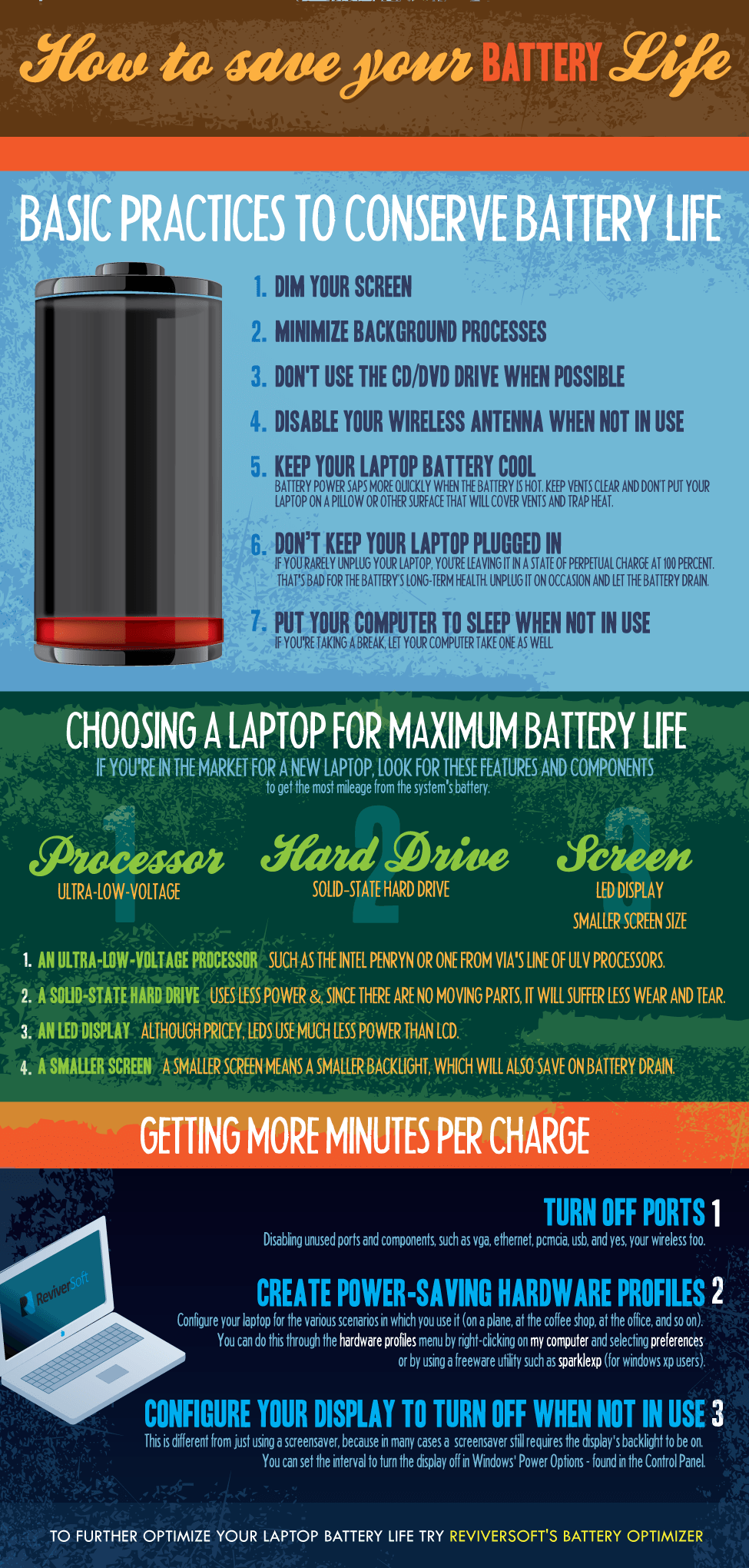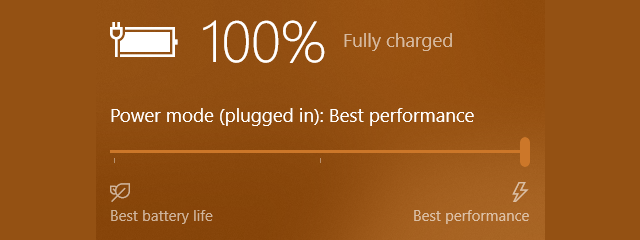



With this enabled, if you charge overnight the phone will stop charging at 80%, then resume charging in time to reach 100% in time to meet your normal usage pattern.

With iOS 13 and later iOS devices now have an Optimized Charging option. And, if you configure the phone for automatic backup using iTunes or iCloud, the phone will back up every night when it has a WiFi connection and is asleep. You thus start the day with a fully charged phone. As it stops automatically at 100% you can't overcharge it doing this. The Best Practice, however, is to charge the phone overnight, every night. And you can leave it plugged in while using it if you want to. And you don't have to turn it off to charge it in fact, you shouldn’t. You can charge when it's at 40% and disconnect when it reaches 80%, or any other values, without hurting the phone. There's no reason to let the device drain completely before charging (in fact, it's a bad idea to do that on a regular basis), and there's no need to wait until it reaches 100% before removing it from the power source. So what are the "rules" for charging? The most basic one is charge whenever you want to, for a long as you want to. None of this applies to Lithium, however, and some of what we "know" from the NiCd and NiMH days is actually harmful to modern battery technology. A lot of it comes from the advice given for older technologies, such as Nickel-Cadmium or Nickel-Metal-Hydride batteries. There's a lot of myth and folklore surrounding charging iOS devices (or actually any device that uses Lithium technology batteries).


 0 kommentar(er)
0 kommentar(er)
